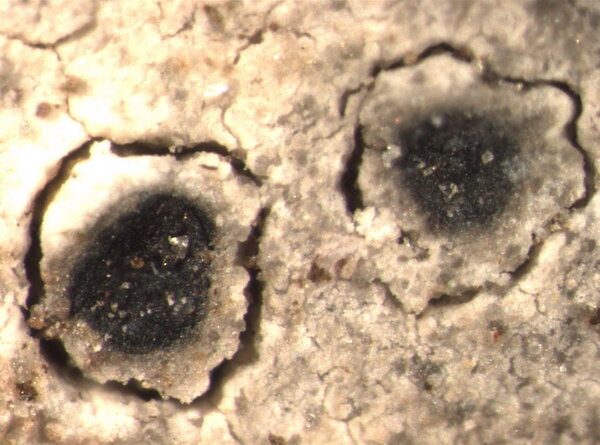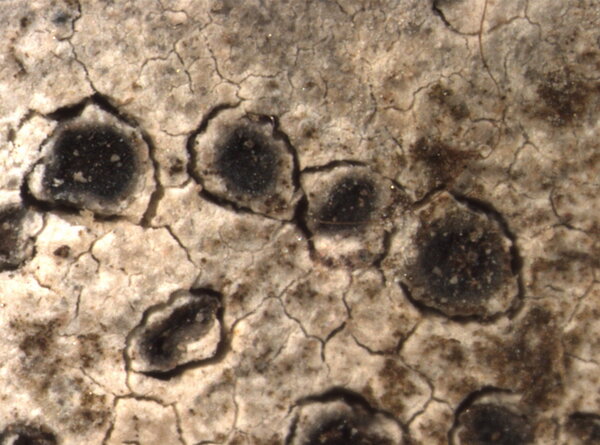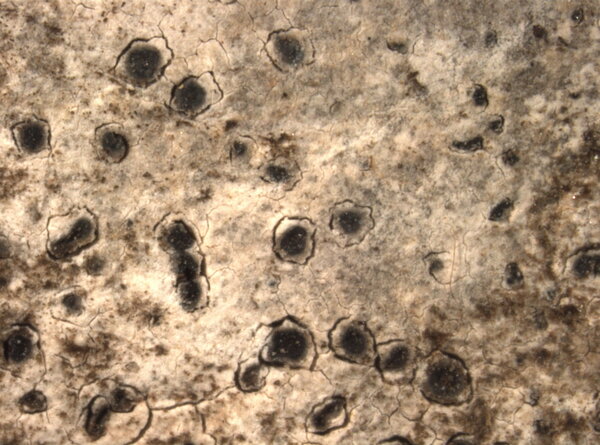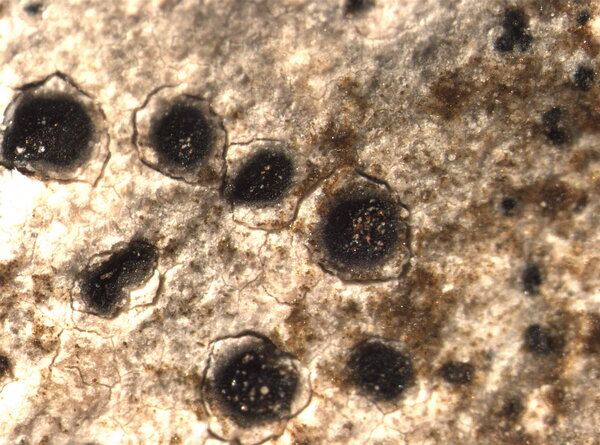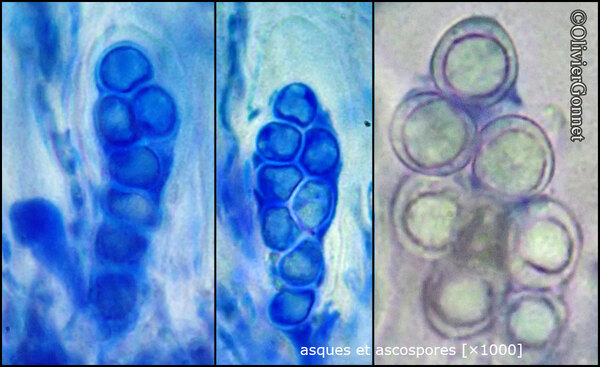Hymenelia heteromorpha (Kremp.) Lutzoni
in Lutzoni & Brodo, Syst. Bot., 20: 250, 1995. Basionym: Aspicilia cinereorufescens var. heteromorpha Kremp. - Denkschr. bot. Ges. Regensburg, 4, 2: 175, 1861.
Synonyms: Ionaspis annularis H. Magn.; Ionaspis heteromorpha (Kremp.) Arnold; Ionaspis ochracella (Nyl.) H. Magn.; Ionaspis reducta H. Magn.; Ionaspis rhodopis var. melanopsis (Sommerf.) Zahlbr.; Ionaspis schismatopis (Nyl.) Hue
Distribution: N - Ven (Nimis 1994), TAA (Nascimbene & al. 2022), Lomb (Nascimbene & al. 2021), Piem (TSB 34612).
Description: Thallus crustose, endosubstratic or rarely thinly episubstratic, continuous and film-like or rimose-areolate in older parts, pale yellow-grey to reddish brown. Apothecia 0.1-0.25 mm across, immersed in pits and often surrounded by a thin circular crack, with a greenish black, concave disc, and a thin, more or less prominent, concolorous or whitish margin which is more evident in the wet state. Proper exciple green to blue-green in outer and upper parts, K- N+ red; epithecium deep blue-green, K-, N+ red; hymenium 60-100(-120) µm high, mostly colourless; paraphyses simple or sparingly branched, submoniliform in upper part, the apical cells slightly swollen; hypothecium colourless. Asci 8-spored, cylindrical-clavate, the outer wall K/I+ blue, but the inner walls and apical dome K/I-. Ascospores 1-celled, hyaline, globose to broadly ellipsoid, 7-14 x 6-10 µm. Pycnidia immersed, with a green wall reacting N+ red. Conidia short-bacilliform. Photobiont trentepohlioid, the cells 10-18 µm wide. Spot tests: thallus K-, C-, KC-, P-, UV-. Chemistry: without lichen substances.Note: a probably holarctic species found on dolomite and hard limestone in rather sheltered situations, with optimum near treeline.
Growth form: Crustose
Substrata: rocks
Photobiont: green algae other than Trentepohlia
Reproductive strategy: mainly sexual
Commonnes-rarity: (info)
Alpine belt: very rare
Subalpine belt: rather rare
Oromediterranean belt: absent
Montane belt: rare
Submediterranean belt: absent
Padanian area: absent
Humid submediterranean belt: absent
Humid mediterranean belt: absent
Dry mediterranean belt: absent

Predictive model
Herbarium samples
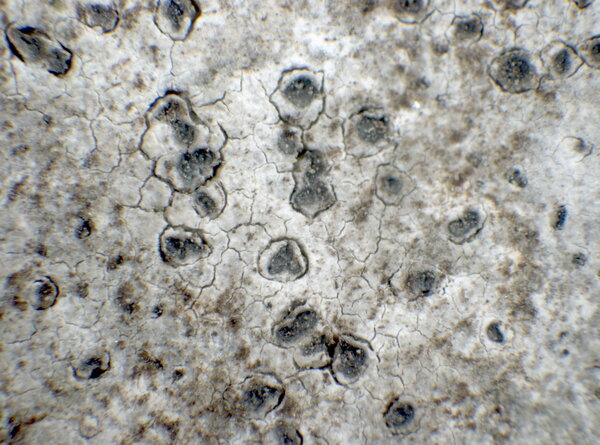

P.L. Nimis; Owner: Department of Life Sciences, University of Trieste
Herbarium: TSB (34651)
2002/01/30
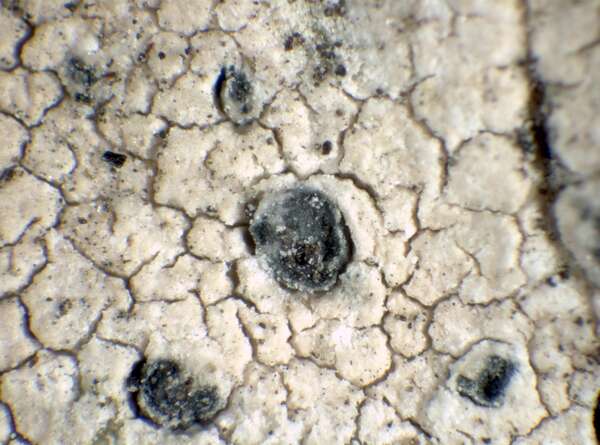

P.L. Nimis; Owner: Department of Life Sciences, University of Trieste
Herbarium: TSB (19713)
2001/12/18
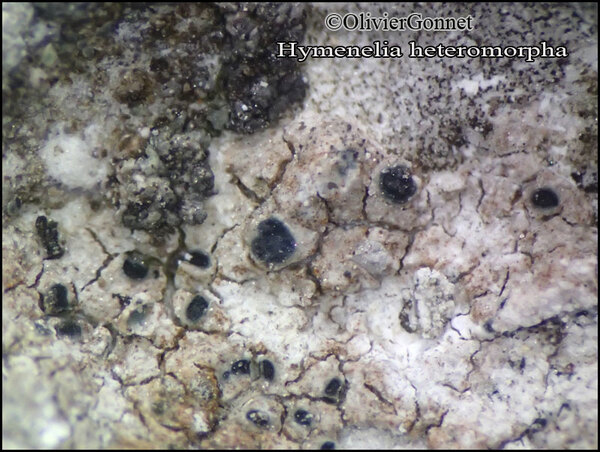
Courtesy Danièle et Olivier Gonnet - Source: https://www.afl-lichenologie.fr/Photos_AFL/Photos_AFL_H/Texte_H2/Hymenelia_heteromorpha.htm
France, Val-Cenis : Lanslebourg-Mont-Cenis - Savoie - (73) - chemin de la chapelle Saint-Barthélémy, alt. 2040 m, sur cargneule.
15/8/2014
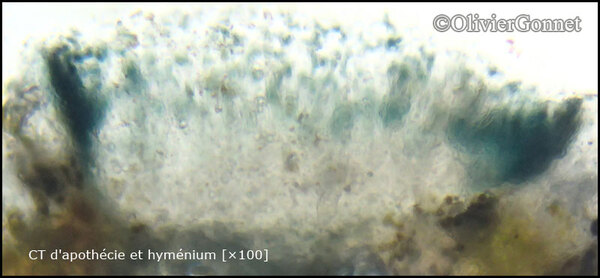
Courtesy Danièle et Olivier Gonnet - Source: https://www.afl-lichenologie.fr/Photos_AFL/Photos_AFL_H/Texte_H2/Hymenelia_heteromorpha.htm
France, Val-Cenis : Lanslebourg-Mont-Cenis - Savoie - (73) - chemin de la chapelle Saint-Barthélémy, alt. 2040 m, sur cargneule.
15/8/2014
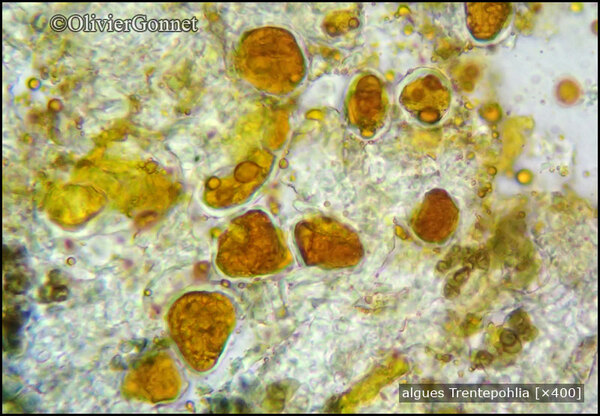
Courtesy Danièle et Olivier Gonnet - Source: https://www.afl-lichenologie.fr/Photos_AFL/Photos_AFL_H/Texte_H2/Hymenelia_heteromorpha.htm
France, Val-Cenis : Lanslebourg-Mont-Cenis - Savoie - (73) - chemin de la chapelle Saint-Barthélémy, alt. 2040 m, sur cargneule.
15/8/2014
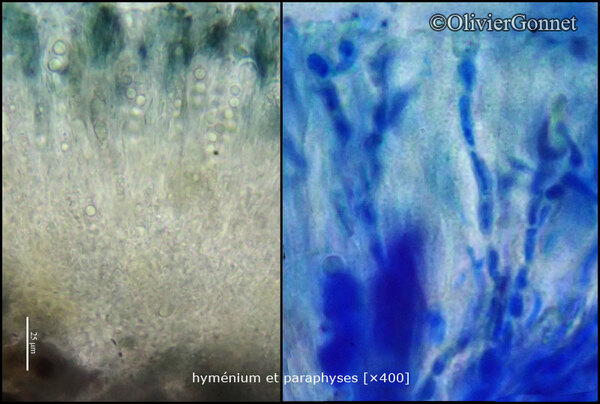
Courtesy Danièle et Olivier Gonnet - Source: https://www.afl-lichenologie.fr/Photos_AFL/Photos_AFL_H/Texte_H2/Hymenelia_heteromorpha.htm
France, Val-Cenis : Lanslebourg-Mont-Cenis - Savoie - (73) - chemin de la chapelle Saint-Barthélémy, alt. 2040 m, sur cargneule.
15/8/2014
Growth form: Crustose
Substrata: rocks
Photobiont: green algae other than Trentepohlia
Reproductive strategy: mainly sexual
Commonnes-rarity: (info)
Alpine belt: very rare
Subalpine belt: rather rare
Oromediterranean belt: absent
Montane belt: rare
Submediterranean belt: absent
Padanian area: absent
Humid submediterranean belt: absent
Humid mediterranean belt: absent
Dry mediterranean belt: absent

Predictive model
| Herbarium samples |


P.L. Nimis; Owner: Department of Life Sciences, University of Trieste
Herbarium: TSB (34651)
2002/01/30


P.L. Nimis; Owner: Department of Life Sciences, University of Trieste
Herbarium: TSB (19713)
2001/12/18

Courtesy Danièle et Olivier Gonnet - Source: https://www.afl-lichenologie.fr/Photos_AFL/Photos_AFL_H/Texte_H2/Hymenelia_heteromorpha.htm
France, Val-Cenis : Lanslebourg-Mont-Cenis - Savoie - (73) - chemin de la chapelle Saint-Barthélémy, alt. 2040 m, sur cargneule.
15/8/2014

Courtesy Danièle et Olivier Gonnet - Source: https://www.afl-lichenologie.fr/Photos_AFL/Photos_AFL_H/Texte_H2/Hymenelia_heteromorpha.htm
France, Val-Cenis : Lanslebourg-Mont-Cenis - Savoie - (73) - chemin de la chapelle Saint-Barthélémy, alt. 2040 m, sur cargneule.
15/8/2014

Courtesy Danièle et Olivier Gonnet - Source: https://www.afl-lichenologie.fr/Photos_AFL/Photos_AFL_H/Texte_H2/Hymenelia_heteromorpha.htm
France, Val-Cenis : Lanslebourg-Mont-Cenis - Savoie - (73) - chemin de la chapelle Saint-Barthélémy, alt. 2040 m, sur cargneule.
15/8/2014

 INDEX FUNGORUM
INDEX FUNGORUM
 GBIF
GBIF
 DOLICHENS
DOLICHENS
